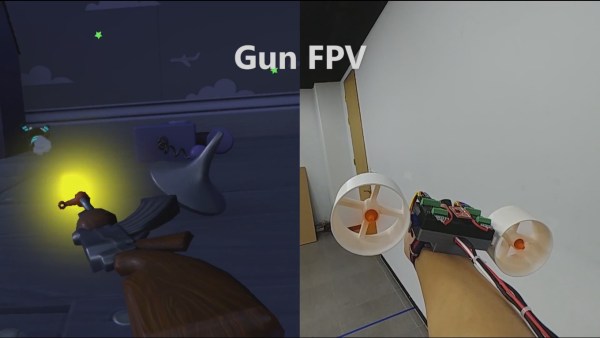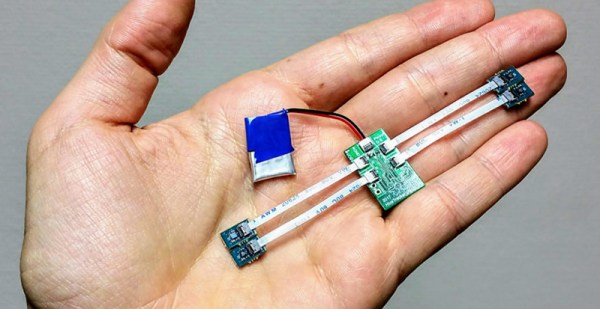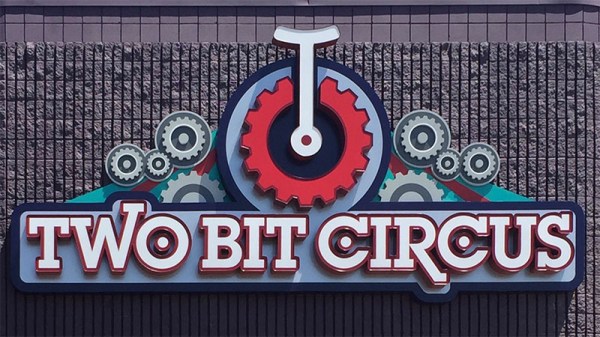Kelly Peng is an electrical and optical engineer, and founder of Kura AR. She’s built a fusion reactor, a Raman spectrometer, a DIY structured light camera, a linear particle accelerator, and emotional classifiers for likes and dislikes. In short, we have someone who can do anything, and she came in to talk about one of the dark arts (pun obviously intended): optics.
The entire idea of Kura AR is to build an immersive augmented reality experience, and when it comes to AR glasses, there are two ways of doing it. You could go the Google Glass route and use a small OLED and lenses, but these displays aren’t very bright. Alternatively, you could use a diffractive waveguide, like the Hololens. This is a lot more difficult to manufacture, but the payoff will be a much larger field of view and a much more immersive experience.
Continue reading “Supercon: Designing Your Own Diffractive Optics”


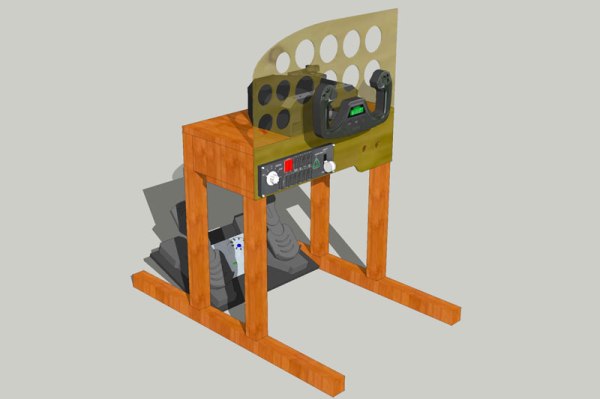
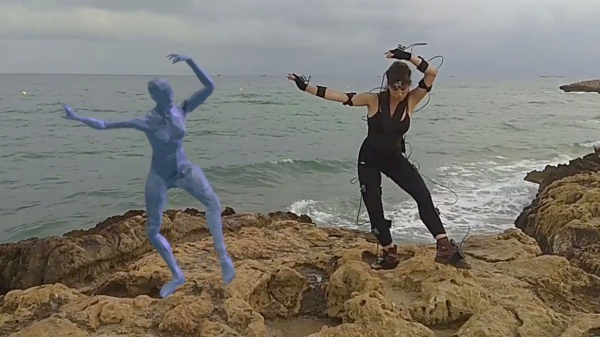
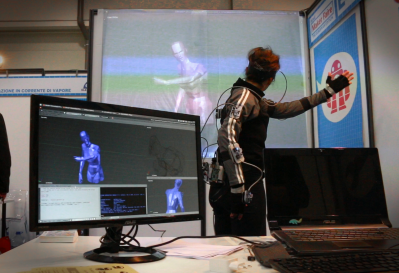 Fifteen sensor boards, called K-Ceptors, are attached to various points on the body, each containing an LSM9DS1 IMU (Inertial Measurement Unit). The K-Ceptors are wired together while still allowing plenty of freedom to move around. Communication is via I2C to a Raspberry Pi. The Pi then sends the collected data over WiFi to a desktop machine. As you move around, a 3D model of a human figure follows in realtime, displayed on the desktop’s screen using Blender, a popular, free 3D modeling software. Of course, you can do something else with the data if you want, perhaps make a robot move? Check out the overview and the performance by a clearly experienced dancer putting the system through its paces in the video below.
Fifteen sensor boards, called K-Ceptors, are attached to various points on the body, each containing an LSM9DS1 IMU (Inertial Measurement Unit). The K-Ceptors are wired together while still allowing plenty of freedom to move around. Communication is via I2C to a Raspberry Pi. The Pi then sends the collected data over WiFi to a desktop machine. As you move around, a 3D model of a human figure follows in realtime, displayed on the desktop’s screen using Blender, a popular, free 3D modeling software. Of course, you can do something else with the data if you want, perhaps make a robot move? Check out the overview and the performance by a clearly experienced dancer putting the system through its paces in the video below.